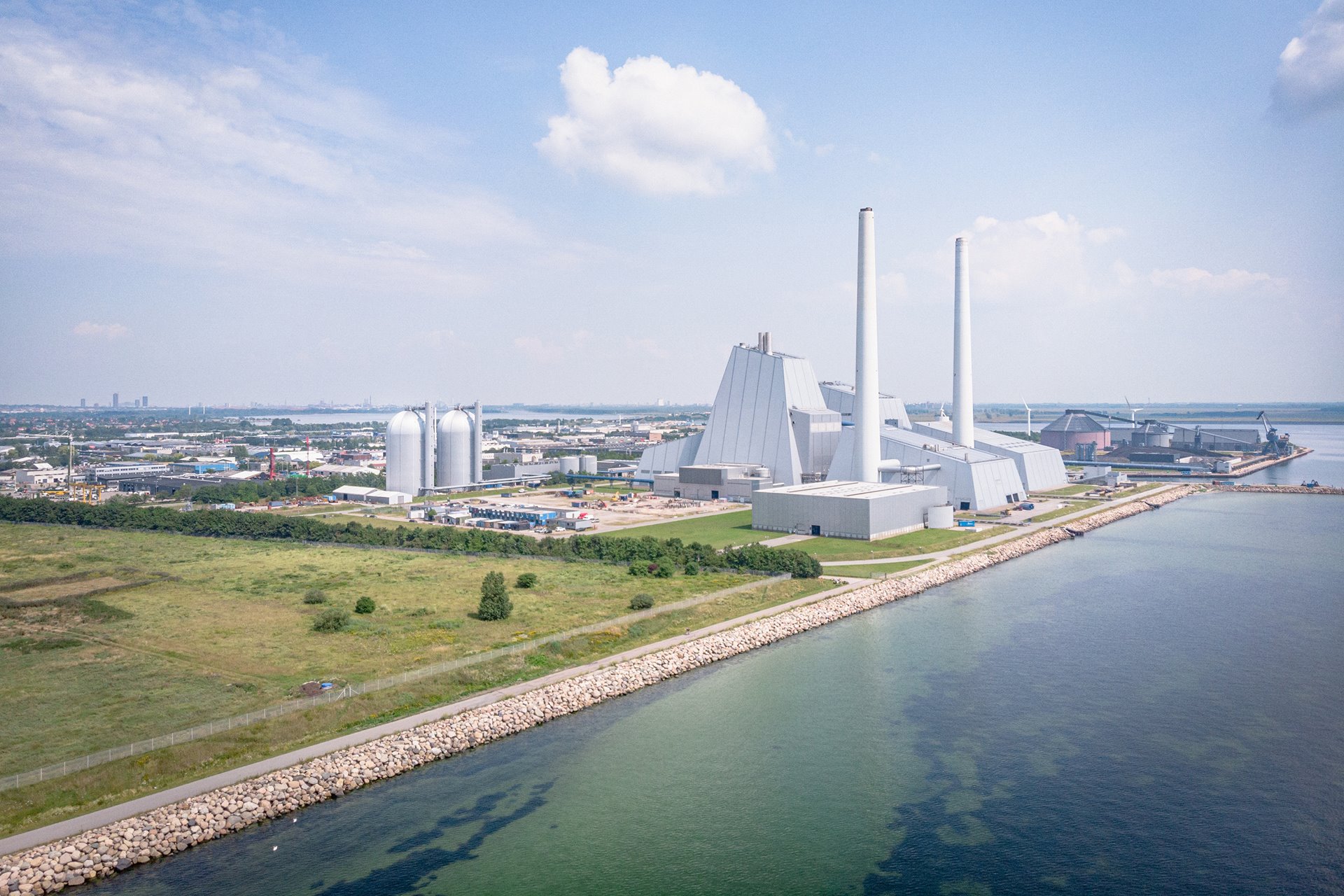This multi-fuel power plant in Copenhagen, Denmark uses natural gas, oil, straw, and wood pellets for simultaneous generation of heat and electricity, and claims to exploit up to 94 percent of the energy in the fuels. The European Union’s 2020 climate and energy program classifies wood pellets as a carbon-neutral form of renewable energy. Although natural gas is a non-renewable fossil fuel, the plant aims to replace nearly a half of its gas consumption with wood pellets.
This project documents different technologies that offer possible routes of transition to a net-zero economy. The photographer visited innovative facilities across Europe, from Iceland to Italy, from 2020 to 2022.
Human-induced climate change is the largest, most pervasive threat to the natural environment and society that the world has ever experienced, according to the UN Human Rights Office, OHCHR. This prompted the European Union to establish targets to cut greenhouse emissions by at least 55 percent by 2030 and to reduce them to net-zero by 2050. European companies seeking ways to achieve these goals are exploring renewable energies, new technologies for food production, and the circular economy as potential ways forward.

